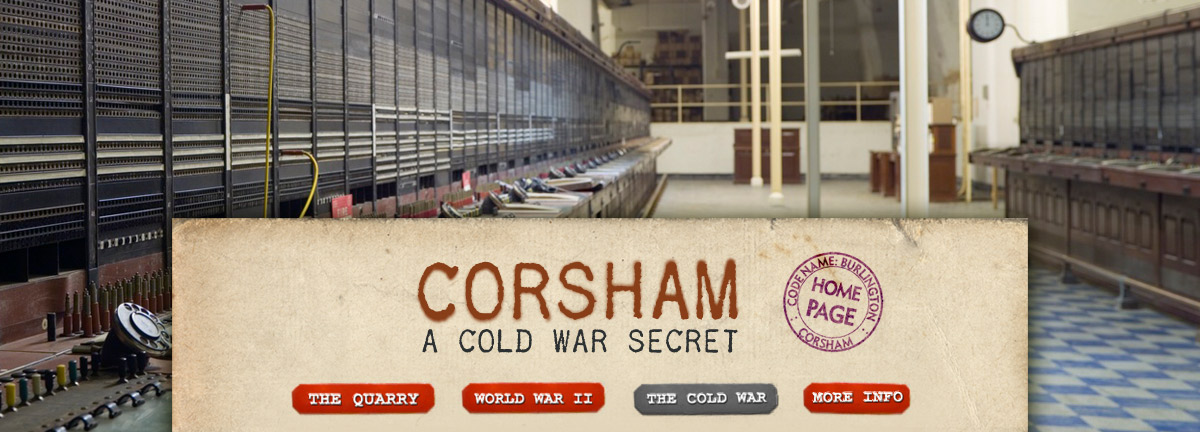

The Cold War The primary purpose of the Central Government War Headquarters was to direct the survival and restoration phases following the commencement of a nuclear attack on the UK. The vast bunker’s role was not static but adapted to the changing political environment of the Cold War, and the development of policies in response to the threat of nuclear attack. From here the Prime Minister and a nucleus of officials would have made the ultimate decision such as whether to authorise nuclear retaliation. During the Cuban Missile Crisis, when the superpowers came closet to nuclear conflict, the facility stood ready. During the Korean War, the Berlin airlift, and throughout the Cold War, the Central Government War Headquarters was stocked, upgraded and improved, ready for the worst. Completed in 1961 and fully operational for some 30 years, it had the capability to survive independently from the outside world for 30 days. The bunker was designed to accommodate the Prime Minister and a nucleus of Ministers and Senior Officials as well as 4,000 staff. The striking feature of the bunker is the immense planning involved in its construction, illustrating the intensity of the political stand-off at this time. The facility is also remarkably basic, with none of the comforts of Whitehall. Shut
off from the outside world, all welfare facilities had to be contained
below ground including a canteen, a hospital an industrial scale
laundry and bakery. Communication
with the external environment was of paramount importance, and large
areas are dedicated to this including a BBC
studio and telephone exchange.
Vast areas were also dedicated to plant and the storage of necessities
to sustain life. Fortunately, the bunker never came into operation
that has also led to a remarkably high level of survival both of
the structural fabric and historic artefacts.
|
||
 |
